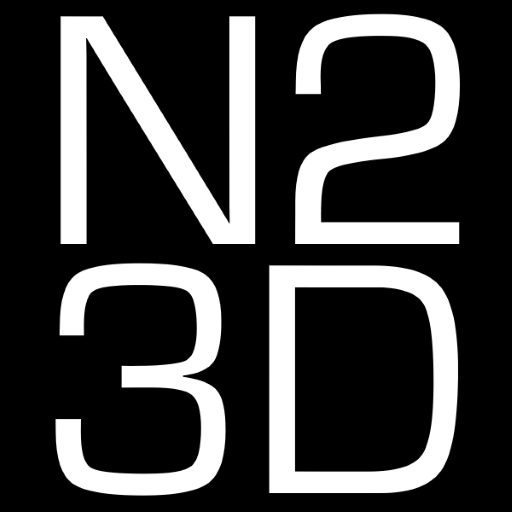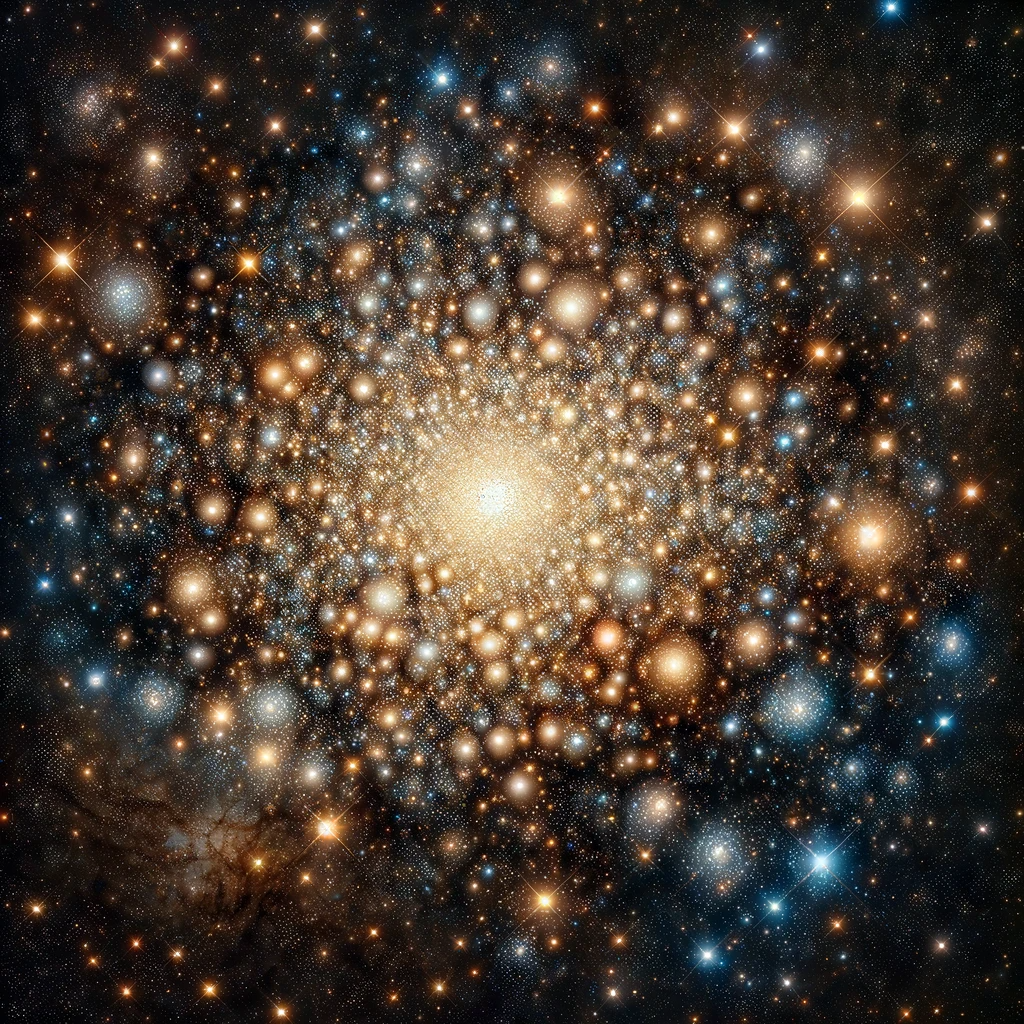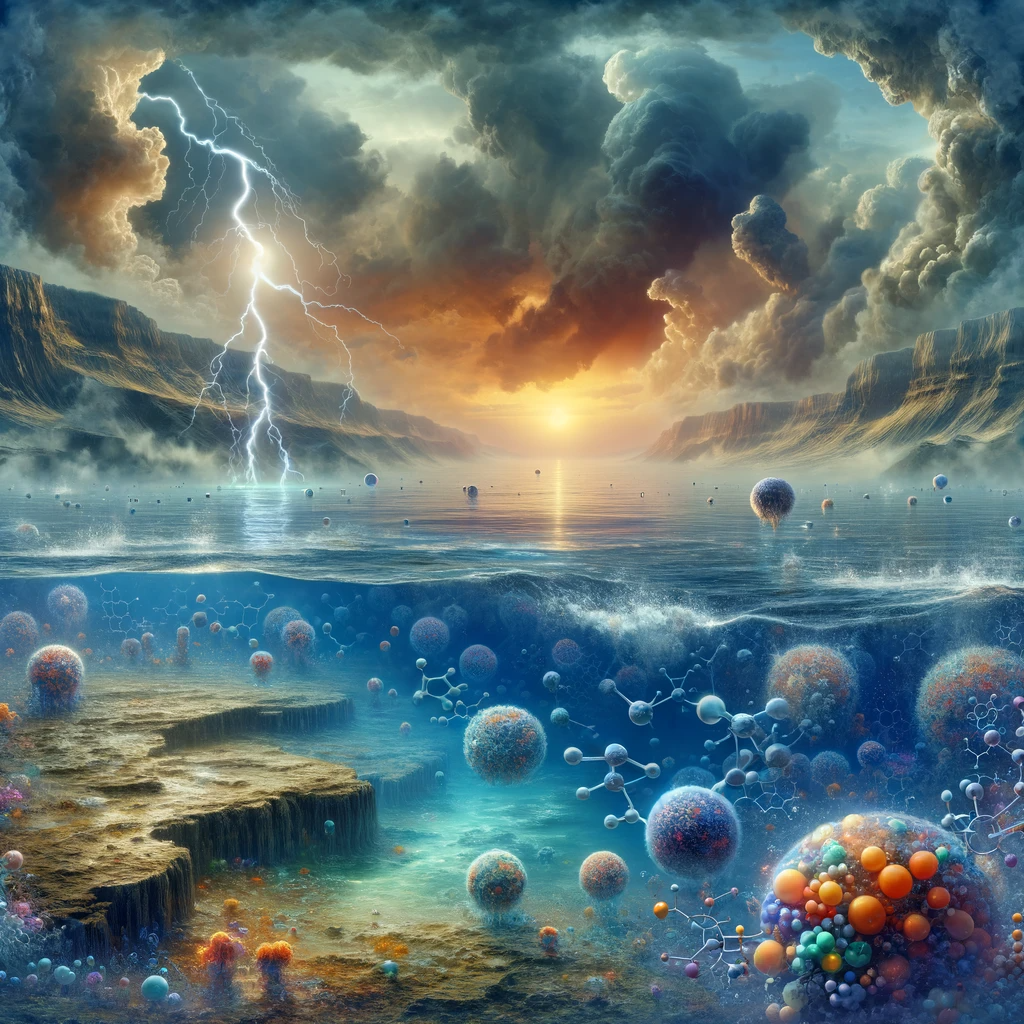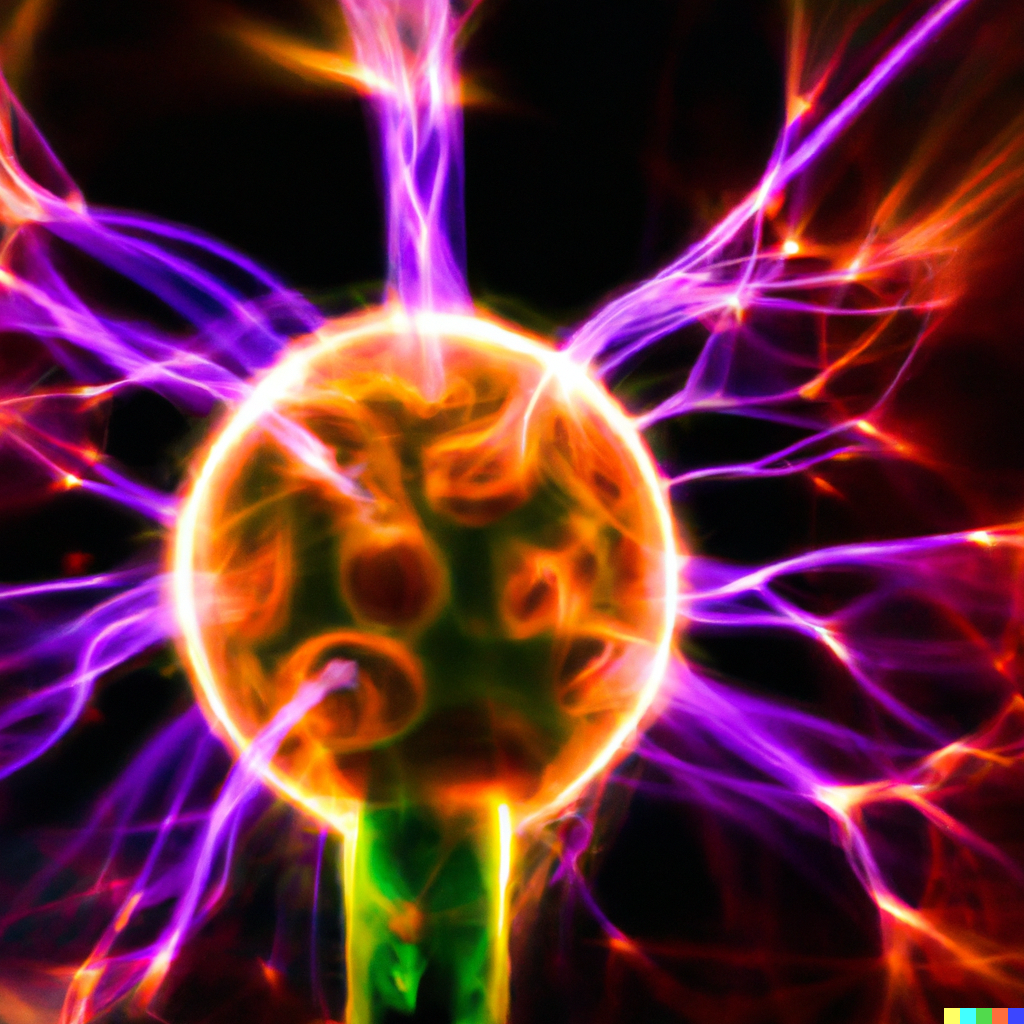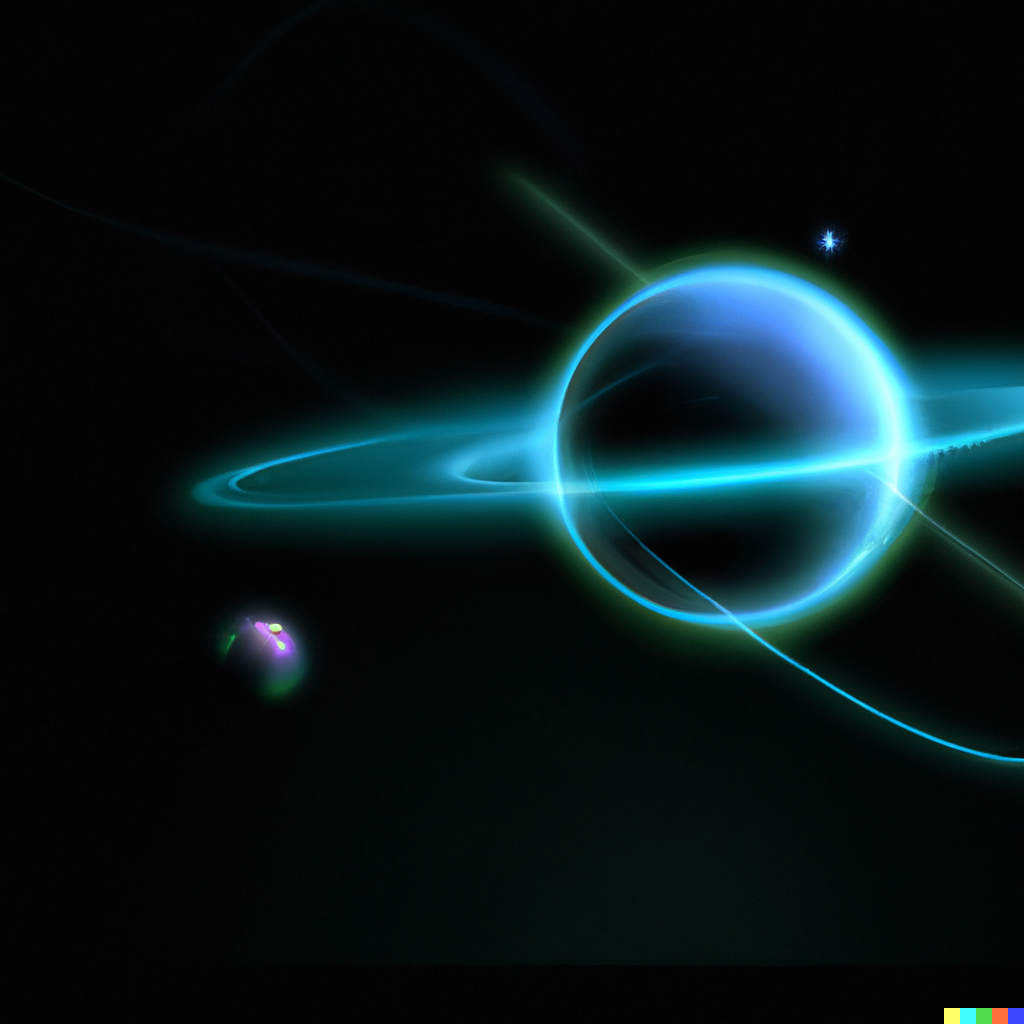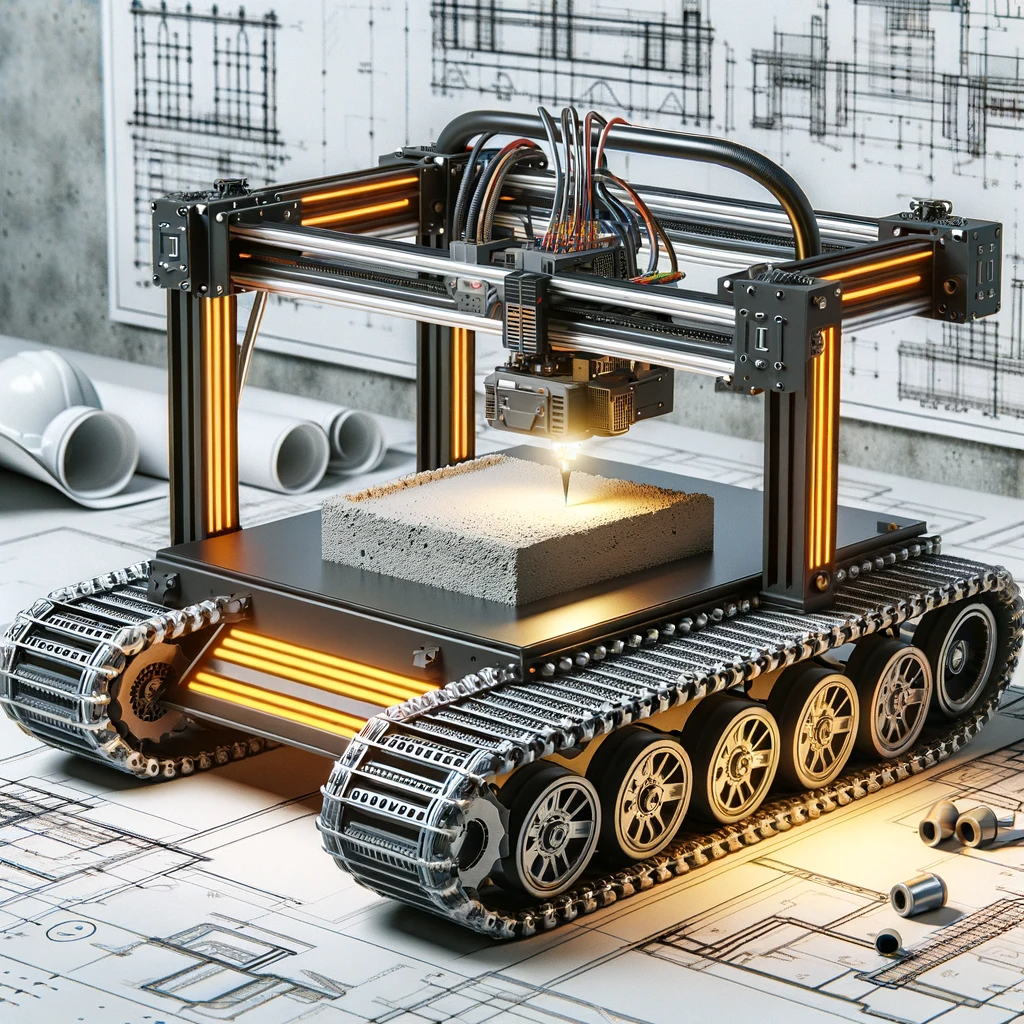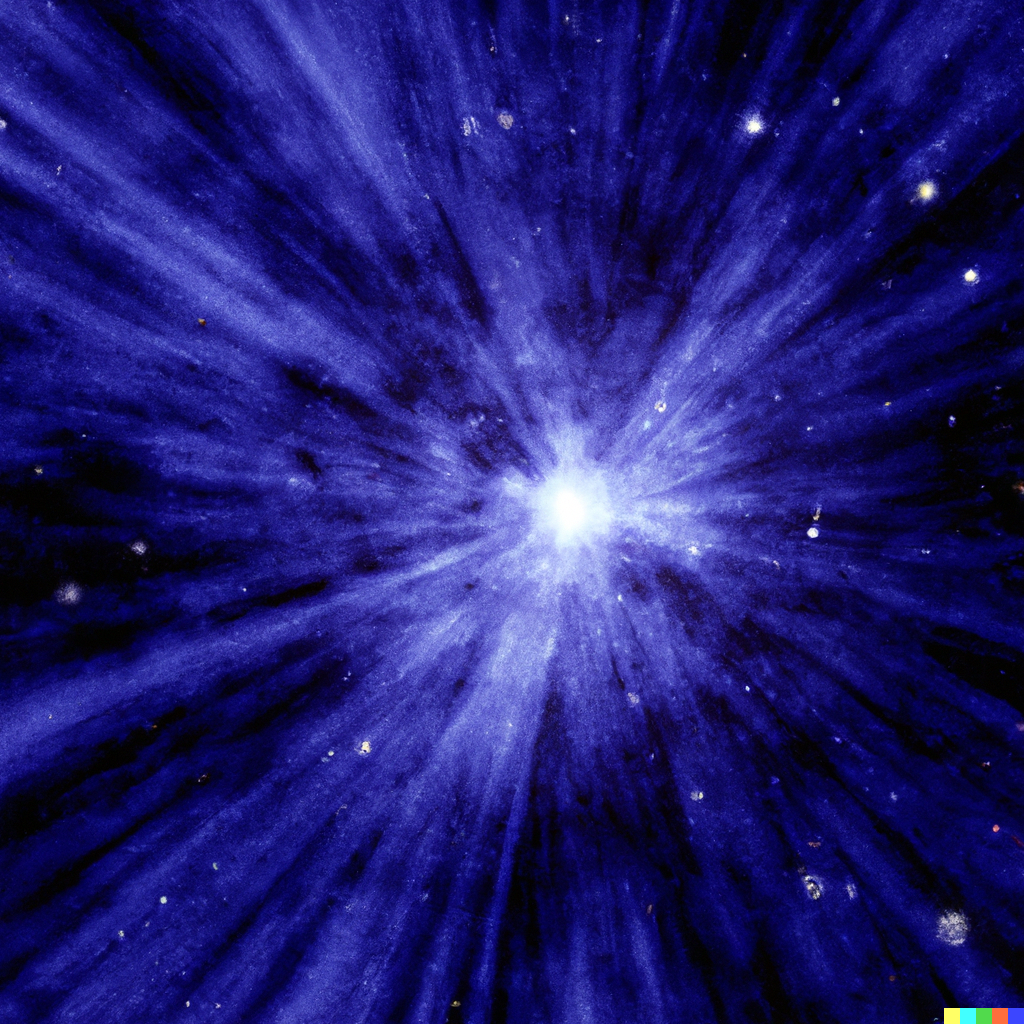Plasma physics is a branch of physics that studies the behavior and properties of plasma, which is a state of matter in which a gas has been ionized and contains a significant number of free electrons and ions. Some specializations in plasma physics include:
- Fusion Plasma Physics: The study of the behavior and properties of plasma in the context of nuclear fusion, which is the process of combining atomic nuclei to form heavier nuclei and release energy.
- Space Plasma Physics: The study of the behavior and properties of plasma in space, including the Earth’s magnetosphere, the solar wind, and other astrophysical plasmas.
- Plasma Astrophysics: The study of the behavior and properties of plasma in astrophysical contexts, including the formation and evolution of stars and the interstellar medium.
- Laser Plasma Physics: The study of the behavior and properties of plasma produced by intense laser pulses, including the generation of high-energy particles and the production of ultrashort bursts of radiation.
- Nonlinear Plasma Physics: The study of the behavior of plasma in the presence of strong electric and magnetic fields, including the study of turbulence, shocks, and wave-particle interactions.
- Low-Temperature Plasma Physics: The study of the behavior and properties of plasma at low temperatures, including the development and use of plasma-based technologies for materials processing and medical applications.
- Plasma Diagnostics: The development and use of methods and instruments for the measurement and characterization of plasma, including optical and electromagnetic methods, spectroscopy, and particle probes.
- Plasma Modeling and Simulation: The development and use of computer models and simulations for the study of plasma behavior and properties, including the development of predictive models for plasma-based technologies.
- Plasma Chemistry: The study of the chemical reactions and processes that occur in plasma, including the development of plasma-based technologies for environmental and energy applications.
- Plasma Engineering: The application of plasma physics and technology to the design and development of plasma-based devices and systems for various industrial, environmental, and biomedical applications.
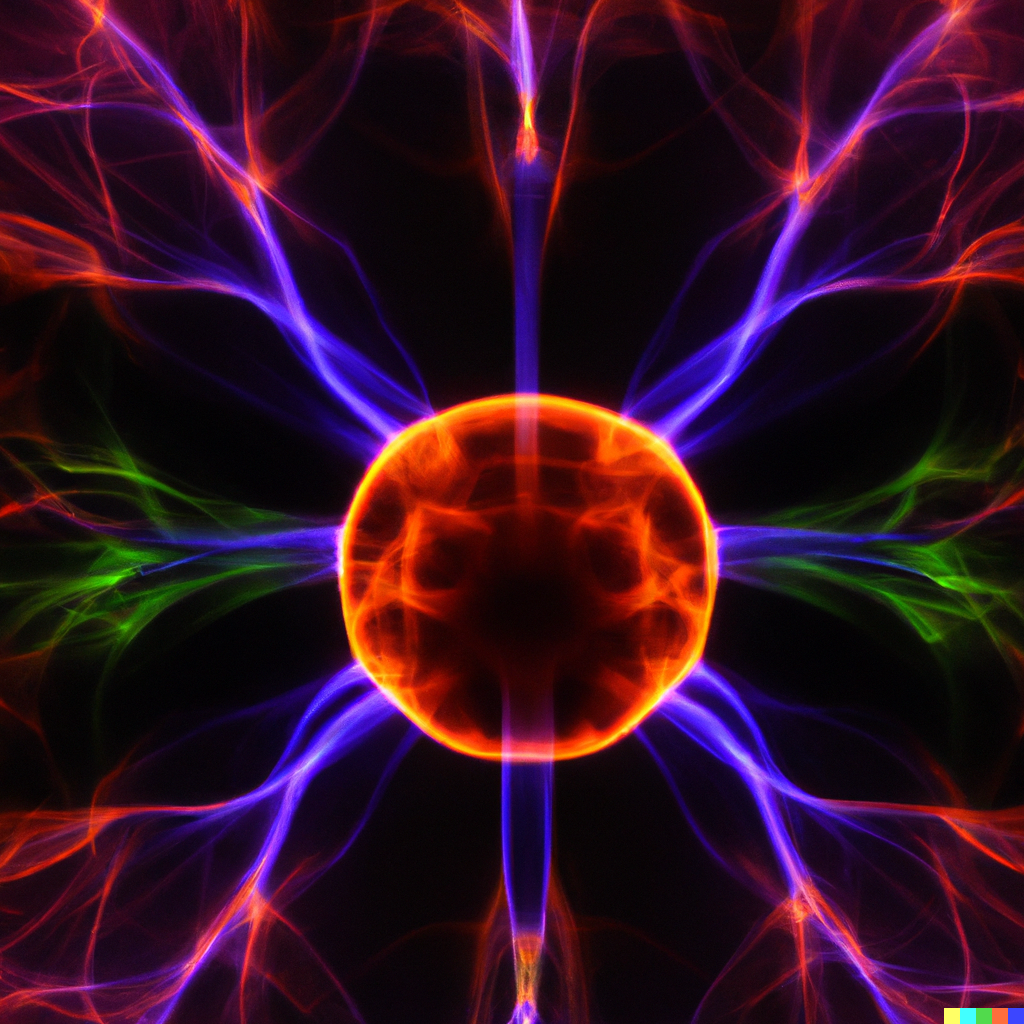
Fusion plasma physics is a field of study that involves the study of the behavior and properties of plasma, which is the fourth state of matter, and its role in nuclear fusion reactions. Here are some specializations within fusion plasma physics:
- Magnetic confinement fusion: This specialization involves the study of the use of magnetic fields to confine and control plasma in fusion reactors, including the design and optimization of tokamaks, stellarators, and other magnetic confinement devices.
- Inertial confinement fusion: This specialization is concerned with the use of lasers and other high-energy sources to compress and heat plasma to the conditions required for fusion reactions.
- Plasma diagnostics: This specialization involves the development and application of techniques for measuring and analyzing plasma properties, including plasma density, temperature, and composition.
- Plasma theory and modeling: This specialization involves the development and use of theoretical models and computer simulations to understand and predict the behavior of plasma in fusion reactors.
- Plasma-material interactions: This specialization is concerned with the study of the interactions between plasma and reactor materials, including the effects of radiation and high-energy particles on material properties.
- Fusion reactor design: This specialization involves the design and development of fusion reactors, including their core design, fuel management, and safety systems.
- Fusion energy systems: This specialization is concerned with the development and implementation of strategies for the practical application of fusion energy, including the integration of fusion reactors into the electric grid and the development of fuel cycle technologies.
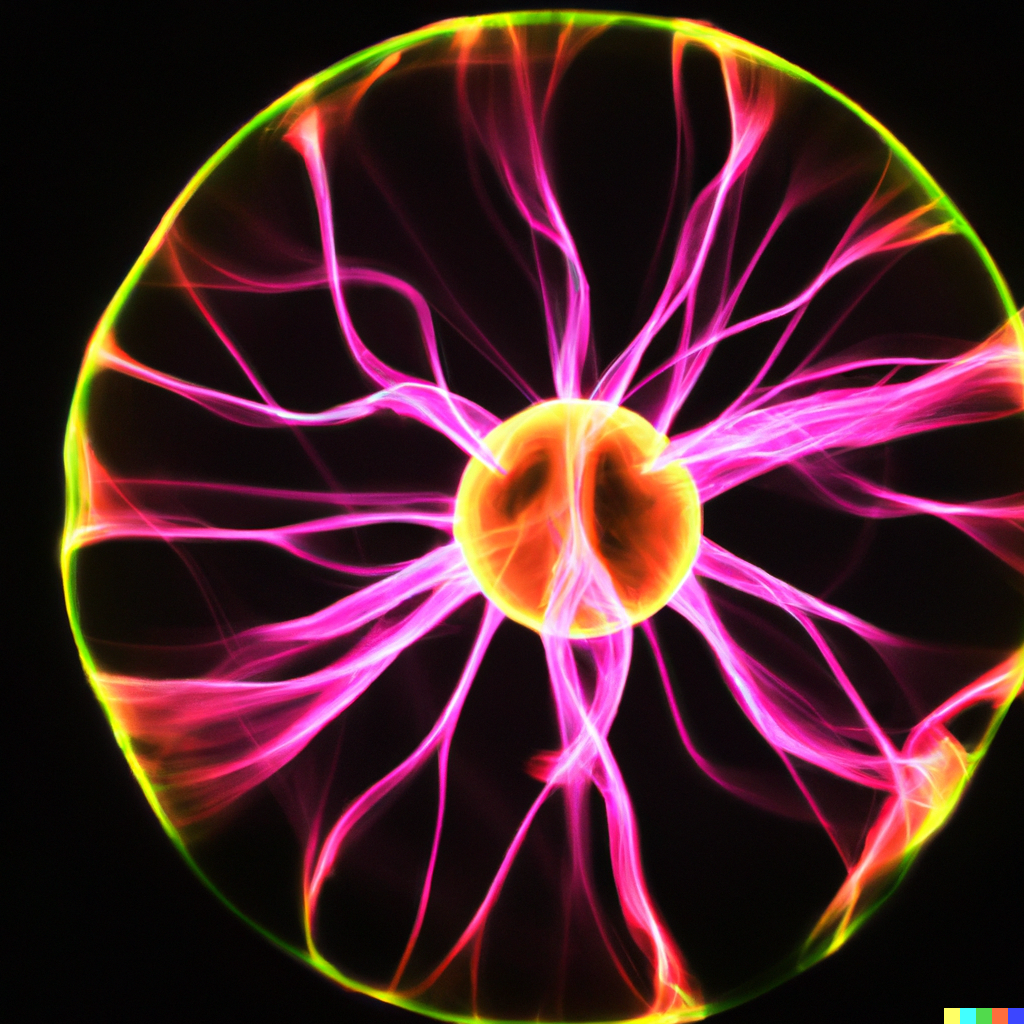
Space plasma physics is a field of study that involves the study of plasma and its interactions with the Earth’s magnetosphere and the interplanetary medium. Here are some specializations within space plasma physics:
- Magnetospheric physics: This specialization involves the study of the Earth’s magnetosphere and its interactions with the solar wind, including the study of magnetic reconnection, plasma waves, and particle acceleration.
- Solar wind physics: This specialization is concerned with the study of the properties and behavior of the solar wind, including its origin, structure, and dynamics.
- Ionospheric physics: This specialization involves the study of the Earth’s ionosphere and its interactions with the magnetosphere and the atmosphere, including the study of ionospheric storms, auroral phenomena, and plasma instabilities.
- Heliospheric physics: This specialization is concerned with the study of the plasma and magnetic fields in the interplanetary medium, including the study of solar wind streams, coronal mass ejections, and interplanetary shocks.
- Planetary plasma physics: This specialization involves the study of the plasma and magnetic fields in the vicinity of planets, including the study of magnetospheres, ionospheres, and the interaction of the solar wind with planetary atmospheres.
- Plasma measurements and instrumentation: This specialization involves the development and application of instrumentation for measuring plasma properties in space, including particle detectors, electric and magnetic field sensors, and plasma wave receivers.
- Computational plasma physics: This specialization involves the use of computer simulations and numerical models to study plasma physics in space, including the development of plasma models and the simulation of plasma behavior in different environments.
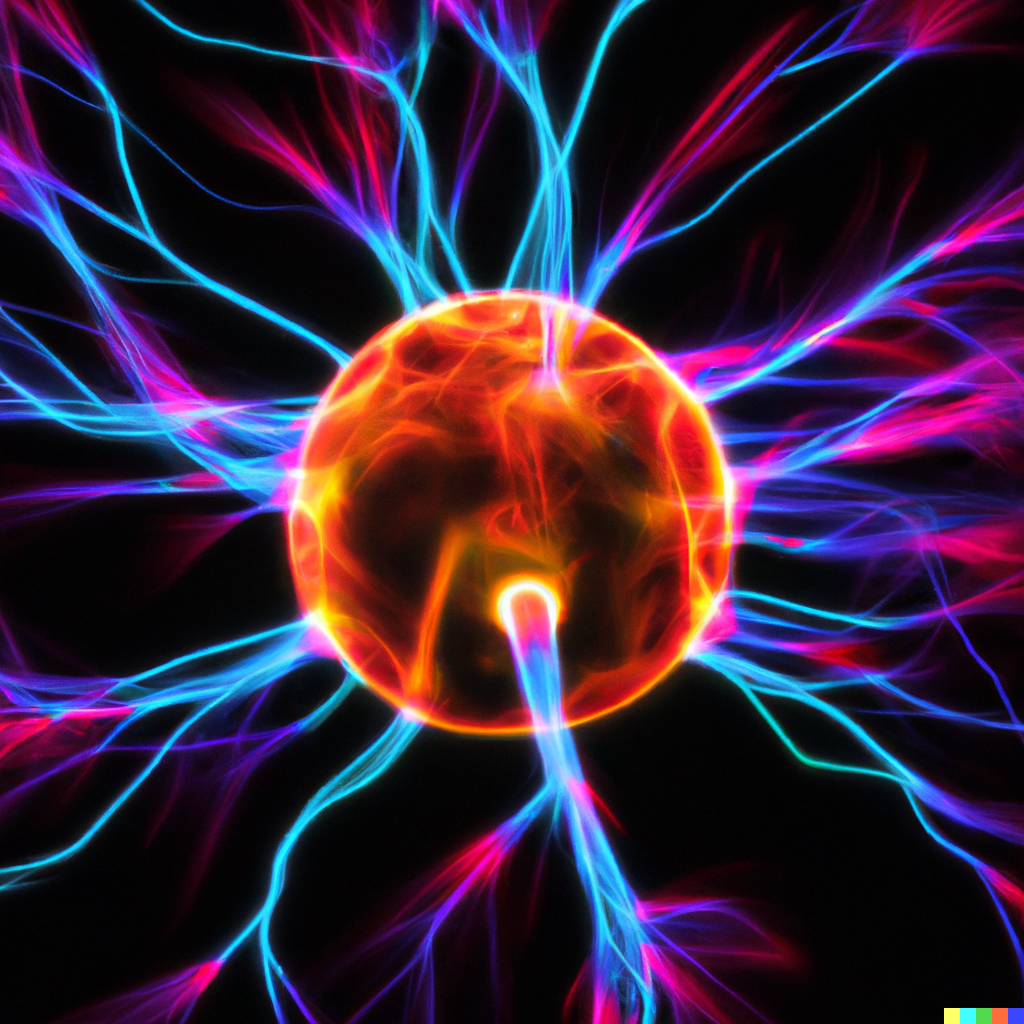
Plasma astrophysics is a field of study that involves the study of plasma and its role in astrophysical phenomena. Here are some specializations within plasma astrophysics:
- Solar physics: This specialization involves the study of plasma and magnetic fields in the Sun, including the study of solar flares, coronal mass ejections, and other solar phenomena.
- Stellar physics: This specialization is concerned with the study of plasma and magnetic fields in stars, including the study of stellar winds, magnetospheres, and accretion disks.
- Interstellar medium: This specialization involves the study of plasma and magnetic fields in the space between stars, including the study of supernova remnants, interstellar clouds, and cosmic rays.
- Galactic and extragalactic plasma: This specialization is concerned with the study of plasma and magnetic fields on galactic and extragalactic scales, including the study of galactic winds, active galactic nuclei, and cosmological magnetic fields.
- Plasma simulations: This specialization involves the use of computer simulations to study plasma behavior in astrophysical environments, including the development of plasma models and the simulation of plasma dynamics in different astrophysical contexts.
- Plasma diagnostics: This specialization involves the development and application of techniques for measuring and analyzing plasma properties in astrophysical environments, including the use of spectroscopy, polarization measurements, and radio observations.
- Plasma instabilities and turbulence: This specialization involves the study of plasma instabilities and turbulence in astrophysical environments, including the development of theoretical models and the interpretation of observational data.
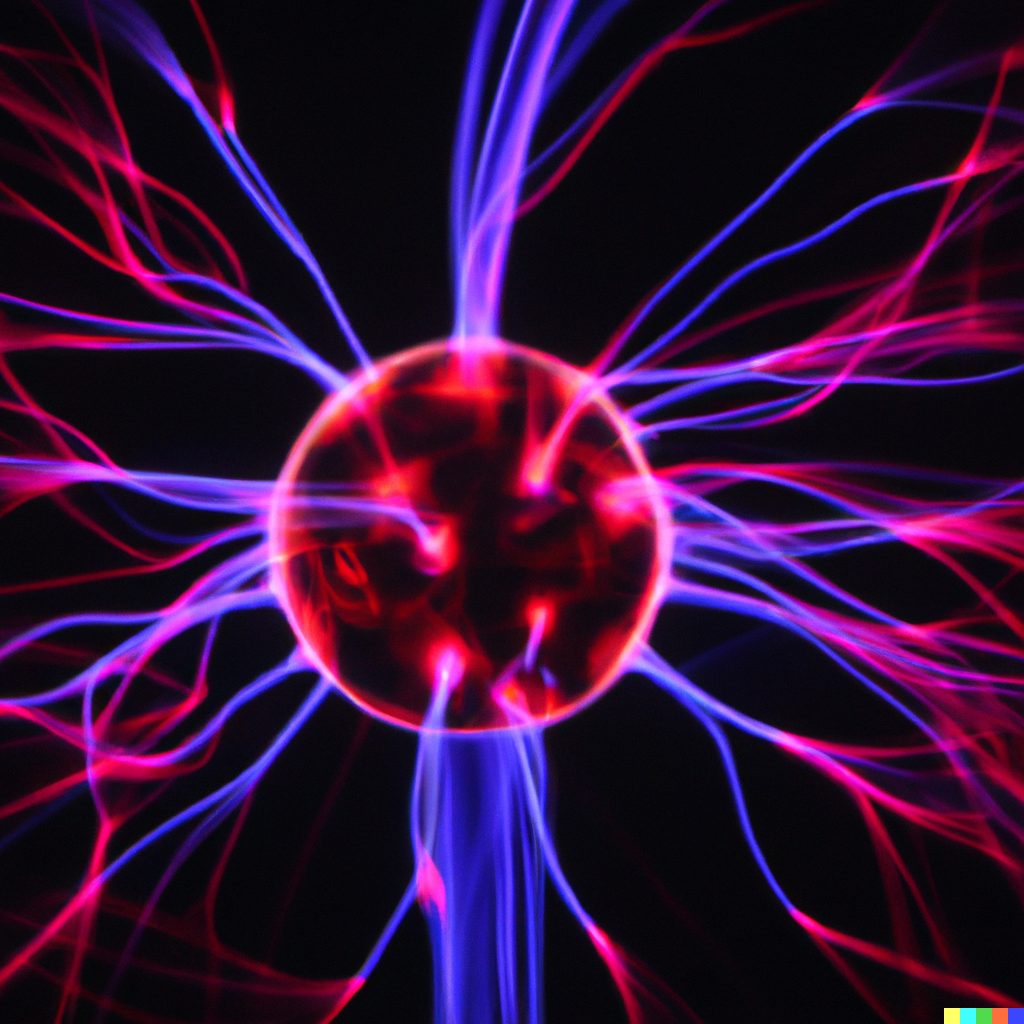
Laser plasma physics is a field of study that involves the interaction between high-intensity lasers and plasma, including the study of laser-plasma interactions, laser-driven particle acceleration, and the generation of high-energy radiation. Here are some specializations within laser plasma physics:
- Laser-plasma interactions: This specialization involves the study of the interaction between high-intensity lasers and plasma, including the study of laser absorption, plasma heating, and the generation of plasma instabilities.
- High-energy particle acceleration: This specialization is concerned with the use of high-intensity lasers to accelerate charged particles to high energies, including the study of laser-driven ion and electron acceleration.
- Plasma-based radiation sources: This specialization involves the use of plasma to generate high-energy radiation, including X-rays, gamma rays, and neutron beams.
- Fusion energy: This specialization is concerned with the use of high-intensity lasers to compress and heat plasma to the conditions required for fusion reactions, including the development of laser fusion targets and the design of fusion energy systems.
- Plasma diagnostics: This specialization involves the development and application of techniques for measuring and analyzing plasma properties in laser-plasma experiments, including the use of spectroscopy, interferometry, and particle detectors.
- Computational plasma physics: This specialization involves the use of computer simulations and numerical models to study plasma behavior in laser-plasma experiments, including the development of plasma models and the simulation of plasma dynamics in different laser-plasma contexts.
- Laser technology: This specialization involves the development and optimization of high-intensity laser systems for use in laser plasma experiments, including the development of laser amplifiers, pulse compression techniques, and laser diagnostics.
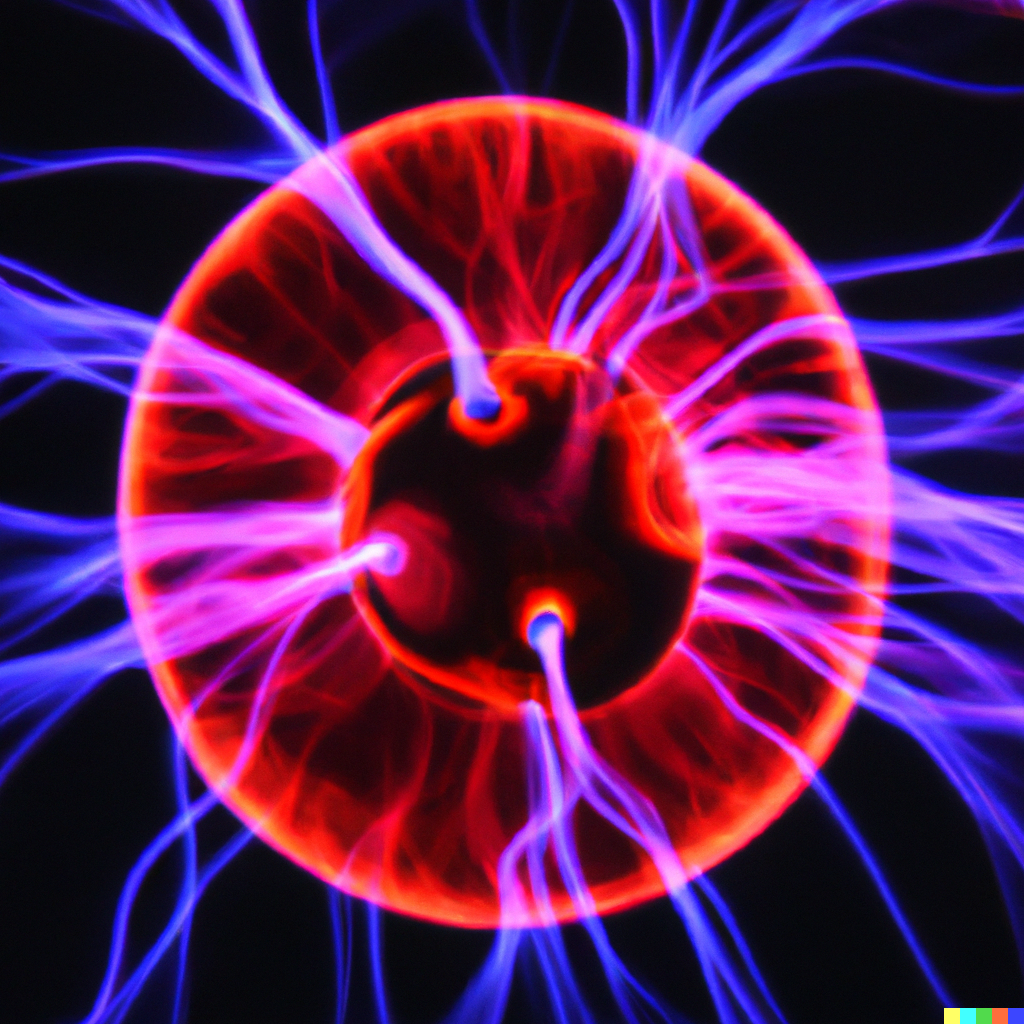
Nonlinear plasma physics is a field of study that involves the study of nonlinear phenomena in plasma, including the study of turbulence, nonlinear waves, and chaos. Here are some specializations within nonlinear plasma physics:
- Plasma turbulence: This specialization involves the study of turbulent plasma, including the development of theoretical models and the interpretation of experimental data, such as the study of magnetic turbulence in fusion plasmas.
- Nonlinear waves: This specialization is concerned with the study of nonlinear waves in plasma, including the study of solitons, shocks, and other nonlinear wave phenomena.
- Plasma chaos: This specialization involves the study of chaotic behavior in plasma, including the study of plasma transport, chaotic magnetic fields, and plasma instabilities.
- Plasma instabilities: This specialization is concerned with the study of plasma instabilities, including the development of theoretical models and the interpretation of experimental data, such as the study of the Rayleigh-Taylor instability in inertial confinement fusion.
- Plasma simulations: This specialization involves the use of computer simulations to study plasma behavior in nonlinear regimes, including the development of plasma models and the simulation of plasma dynamics in different nonlinear contexts.
- Plasma diagnostics: This specialization involves the development and application of techniques for measuring and analyzing plasma properties in nonlinear plasma experiments, including the use of spectroscopy, interferometry, and particle detectors.
- Plasma theory and modeling: This specialization involves the development and use of theoretical models and computer simulations to understand and predict the behavior of nonlinear plasma phenomena.
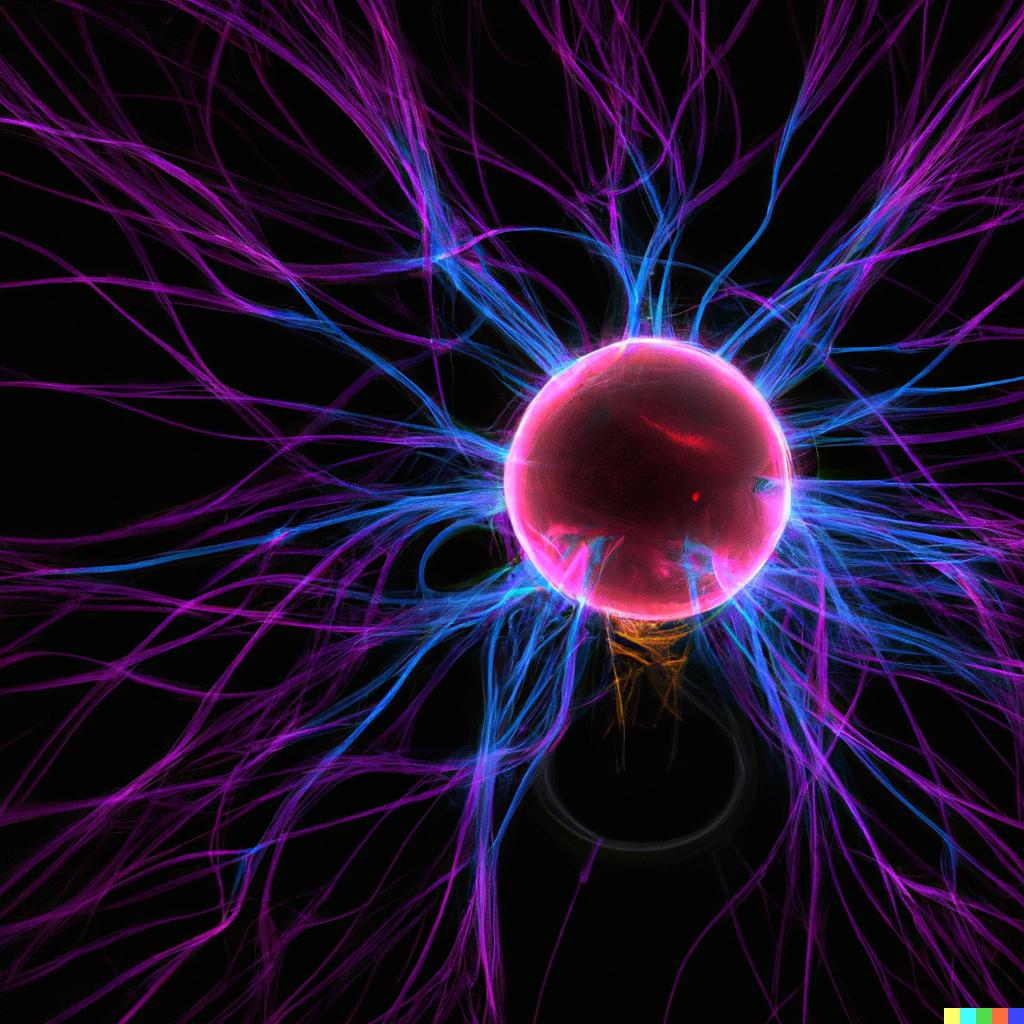
Low-temperature plasma physics is a field of study that involves the study of plasma at temperatures significantly below those encountered in fusion plasmas, such as those used in plasma processing, lighting, and plasma medicine. Here are some specializations within low-temperature plasma physics:
- Plasma processing: This specialization involves the use of low-temperature plasma to process materials, including plasma etching, surface modification, and thin film deposition.
- Plasma diagnostics: This specialization involves the development and application of techniques for measuring and analyzing plasma properties in low-temperature plasma experiments, including the use of spectroscopy, interferometry, and particle detectors.
- Plasma chemistry: This specialization involves the study of the chemical reactions that occur in low-temperature plasma, including the study of plasma chemistry mechanisms, reaction pathways, and reaction kinetics.
- Plasma medicine: This specialization is concerned with the use of low-temperature plasma in medical applications, including the study of plasma effects on living cells, tissue, and bacteria, and the development of plasma-based medical devices.
- Plasma physics in gas discharges: This specialization involves the study of the physics of gas discharges, including the study of electric breakdown, glow discharge, and the development of models for gas discharge physics.
- Plasma simulations: This specialization involves the use of computer simulations to study plasma behavior in low-temperature regimes, including the development of plasma models and the simulation of plasma dynamics in different low-temperature contexts.
- Plasma surface interactions: This specialization is concerned with the study of the interaction between low-temperature plasma and surfaces, including the study of surface modification, erosion, and deposition.
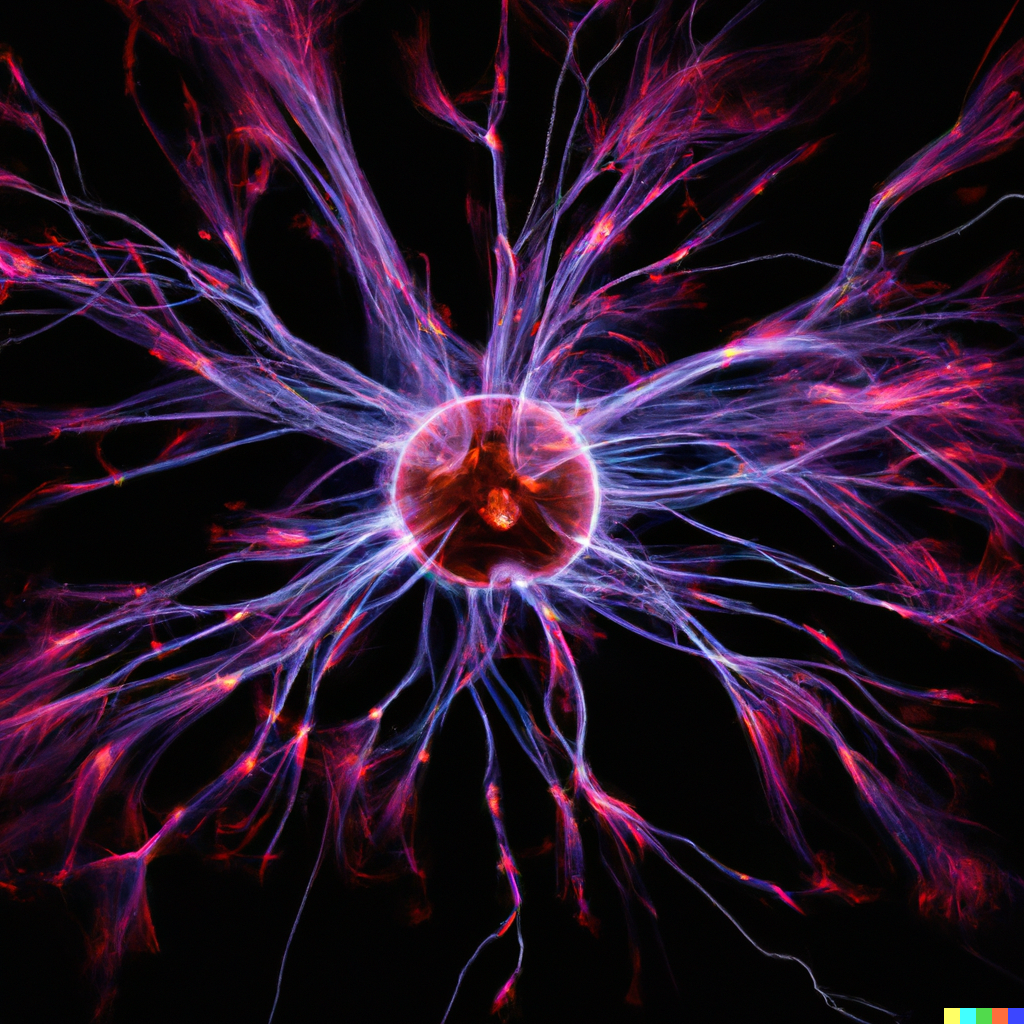
Plasma diagnostics is a field of study that involves the development and application of techniques for measuring and analyzing plasma properties. Here are some specializations within plasma diagnostics:
- Spectroscopy: This specialization involves the use of optical spectroscopy to measure plasma properties such as electron density, temperature, and composition.
- Interferometry: This specialization is concerned with the use of interferometry to measure plasma density and density fluctuations.
- Langmuir probes: This specialization involves the use of Langmuir probes to measure plasma potential and electron temperature.
- Microwave diagnostics: This specialization is concerned with the use of microwave techniques such as reflectometry and interferometry to measure plasma density and electron temperature.
- Thomson scattering: This specialization involves the use of Thomson scattering to measure plasma density and temperature.
- Particle detectors: This specialization involves the use of particle detectors such as ion collectors and energy analyzers to measure plasma ion and electron energy distributions.
- Magnetic probes: This specialization involves the use of magnetic probes to measure plasma magnetic fields and the associated plasma currents.
- Imaging diagnostics: This specialization is concerned with the use of imaging techniques such as visible and X-ray imaging to visualize plasma properties such as density, temperature, and composition.
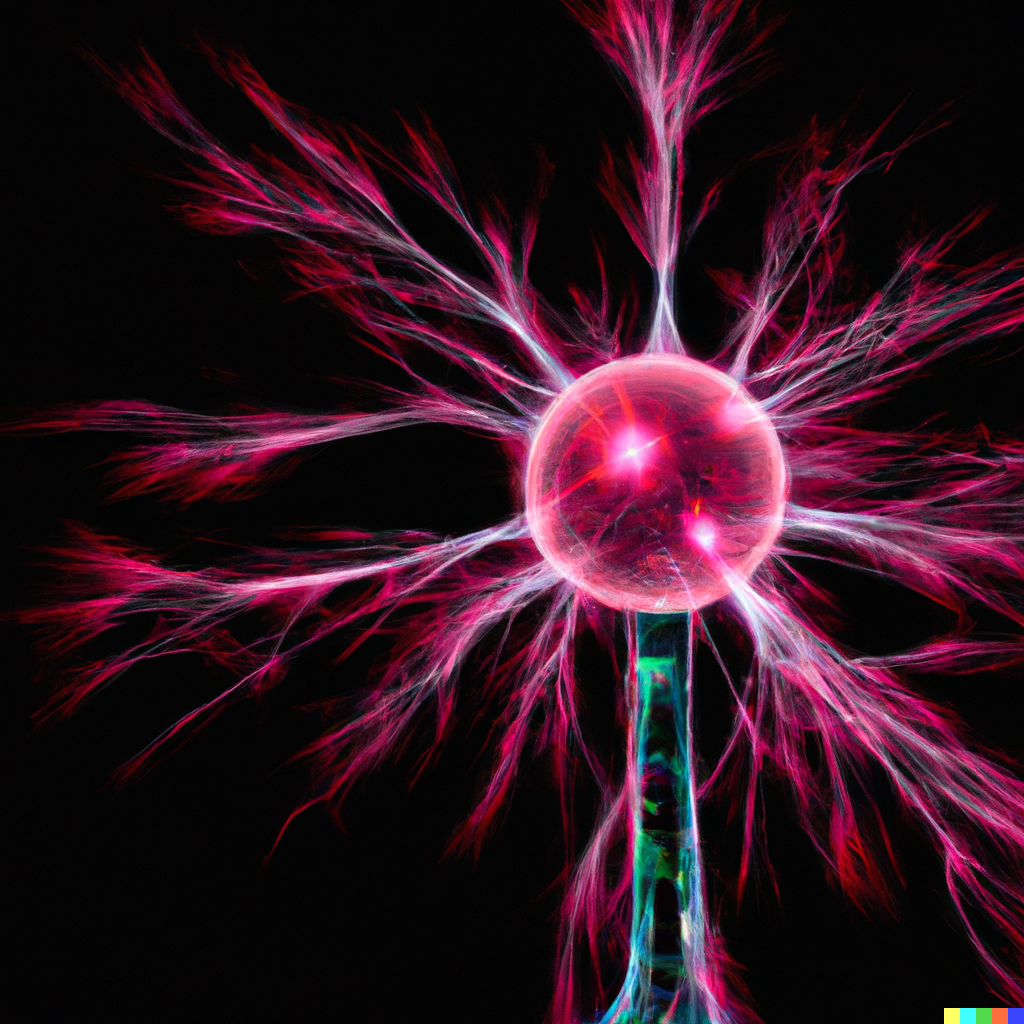
Plasma modeling and simulation is a field of study that involves the development and application of computer models and simulations to study the behavior of plasma. Here are some specializations within plasma modeling and simulation:
- Particle-in-cell (PIC) simulations: This specialization involves the use of PIC simulations to study the behavior of plasma on a microscopic scale, including the simulation of particle trajectories and plasma self-consistent fields.
- Magnetohydrodynamics (MHD) simulations: This specialization involves the use of MHD simulations to study the behavior of plasma on a macroscopic scale, including the simulation of plasma flows, magnetic fields, and instabilities.
- Kinetic simulations: This specialization involves the use of kinetic simulations to study the behavior of plasma on a microscopic scale, including the simulation of collisional and non-collisional plasma dynamics.
- Monte Carlo simulations: This specialization involves the use of Monte Carlo simulations to study plasma phenomena such as electron transport, ionization, and recombination.
- Fluid simulations: This specialization involves the use of fluid simulations to study plasma phenomena such as plasma waves, shock waves, and turbulence.
- Plasma transport simulations: This specialization is concerned with the simulation of plasma transport, including the study of plasma diffusion, advection, and convection.
- Plasma code development: This specialization involves the development of computer codes and software for simulating plasma phenomena, including the development of algorithms, numerical methods, and simulation frameworks.
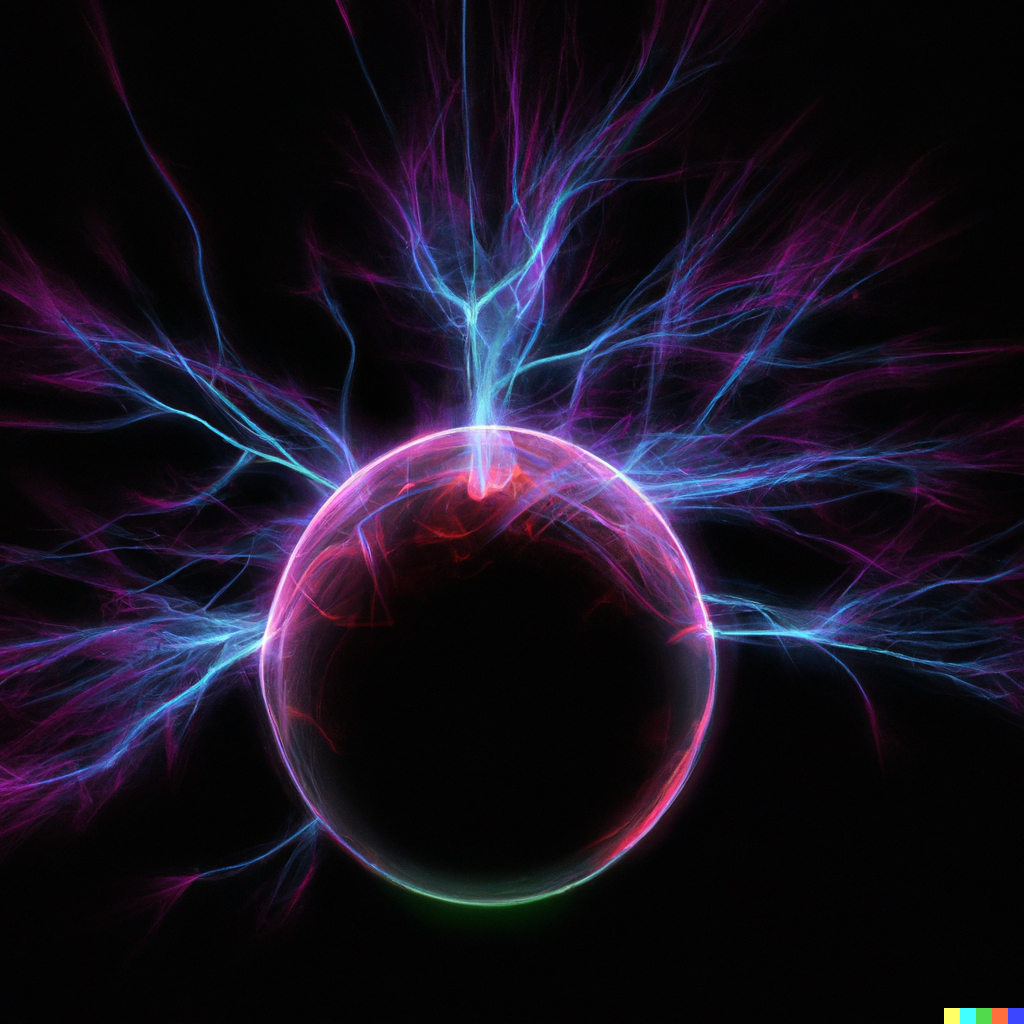
Plasma chemistry is a field of study that involves the study of chemical reactions that occur in plasma. Here are some specializations within plasma chemistry:
- Plasma-aided combustion: This specialization involves the study of plasma-assisted combustion processes, including the use of plasma to initiate and enhance combustion reactions.
- Plasma chemical reactors: This specialization is concerned with the design and development of plasma chemical reactors for applications such as waste treatment, gas cleaning, and surface modification.
- Plasma surface interactions: This specialization involves the study of the interaction between plasma and surfaces, including the study of surface modification, erosion, and deposition.
- Plasma polymerization: This specialization is concerned with the use of plasma to deposit thin polymer films, including the study of plasma polymerization mechanisms and the properties of plasma-deposited polymers.
- Plasma-assisted etching: This specialization involves the use of plasma to etch materials such as metals, semiconductors, and polymers, including the study of plasma etching mechanisms and the development of plasma etching processes.
- Plasma-assisted chemical vapor deposition (CVD): This specialization involves the use of plasma to deposit thin films on surfaces, including the study of plasma CVD mechanisms and the development of plasma CVD processes.
- Plasma diagnostics: This specialization involves the development and application of techniques for measuring and analyzing plasma properties in plasma chemistry experiments, including the use of spectroscopy, interferometry, and particle detectors.
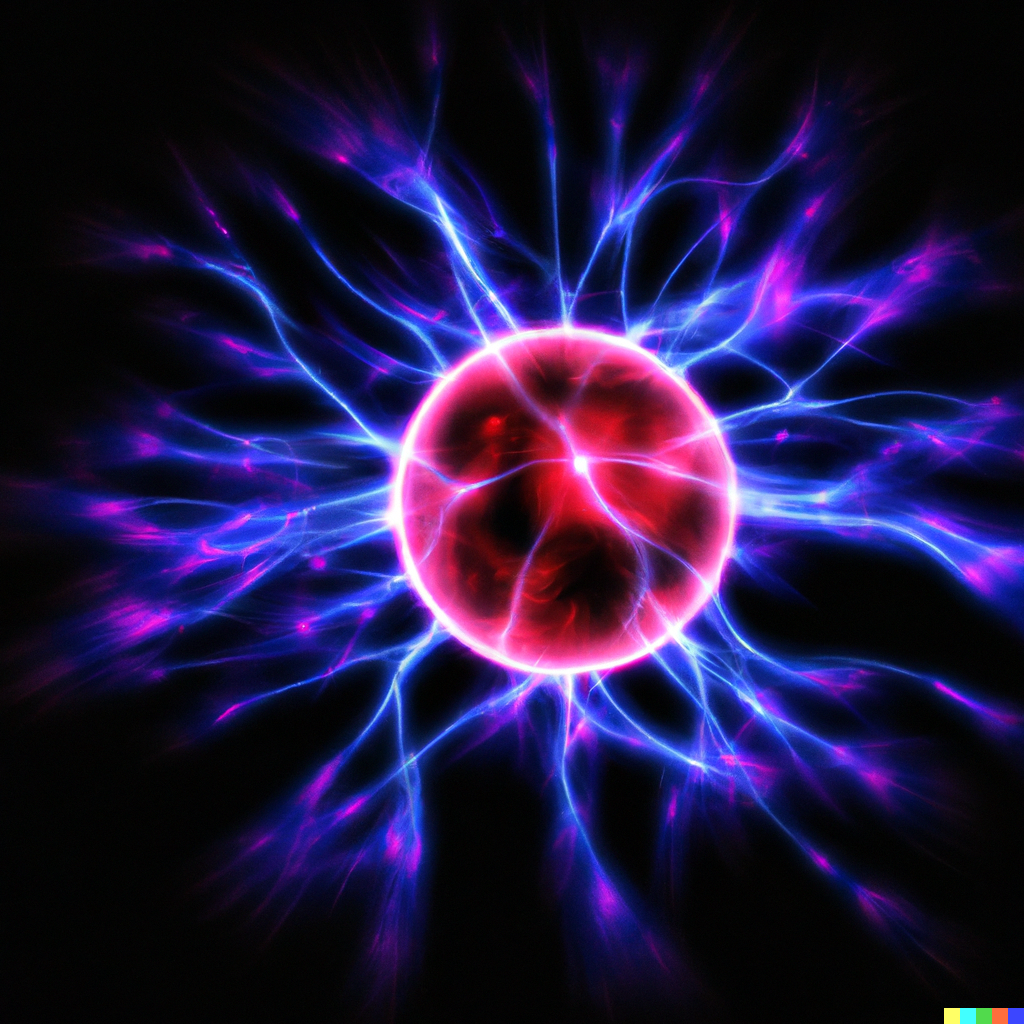
Plasma engineering is a field of study that involves the design and development of plasma-based technologies and applications. Here are some specializations within plasma engineering:
- Plasma processing: This specialization involves the use of plasma to process materials, including plasma etching, surface modification, and thin film deposition.
- Plasma chemical reactors: This specialization is concerned with the design and development of plasma chemical reactors for applications such as waste treatment, gas cleaning, and surface modification.
- Plasma-based lighting: This specialization involves the development of plasma-based lighting technologies, including the study of plasma properties that influence the color, efficiency, and lifetime of plasma lamps.
- Plasma-based propulsion: This specialization is concerned with the use of plasma for space propulsion, including the development of plasma thrusters and the study of plasma properties that influence the performance of plasma propulsion systems.
- Plasma-based medical devices: This specialization involves the development of plasma-based medical devices for applications such as wound healing, sterilization, and cancer treatment.
- Plasma-based material synthesis: This specialization involves the use of plasma to synthesize new materials, including the study of plasma properties that influence the composition and structure of plasma-synthesized materials.
- Plasma diagnostics: This specialization involves the development and application of techniques for measuring and analyzing plasma properties in plasma engineering experiments, including the use of spectroscopy, interferometry, and particle detectors.
